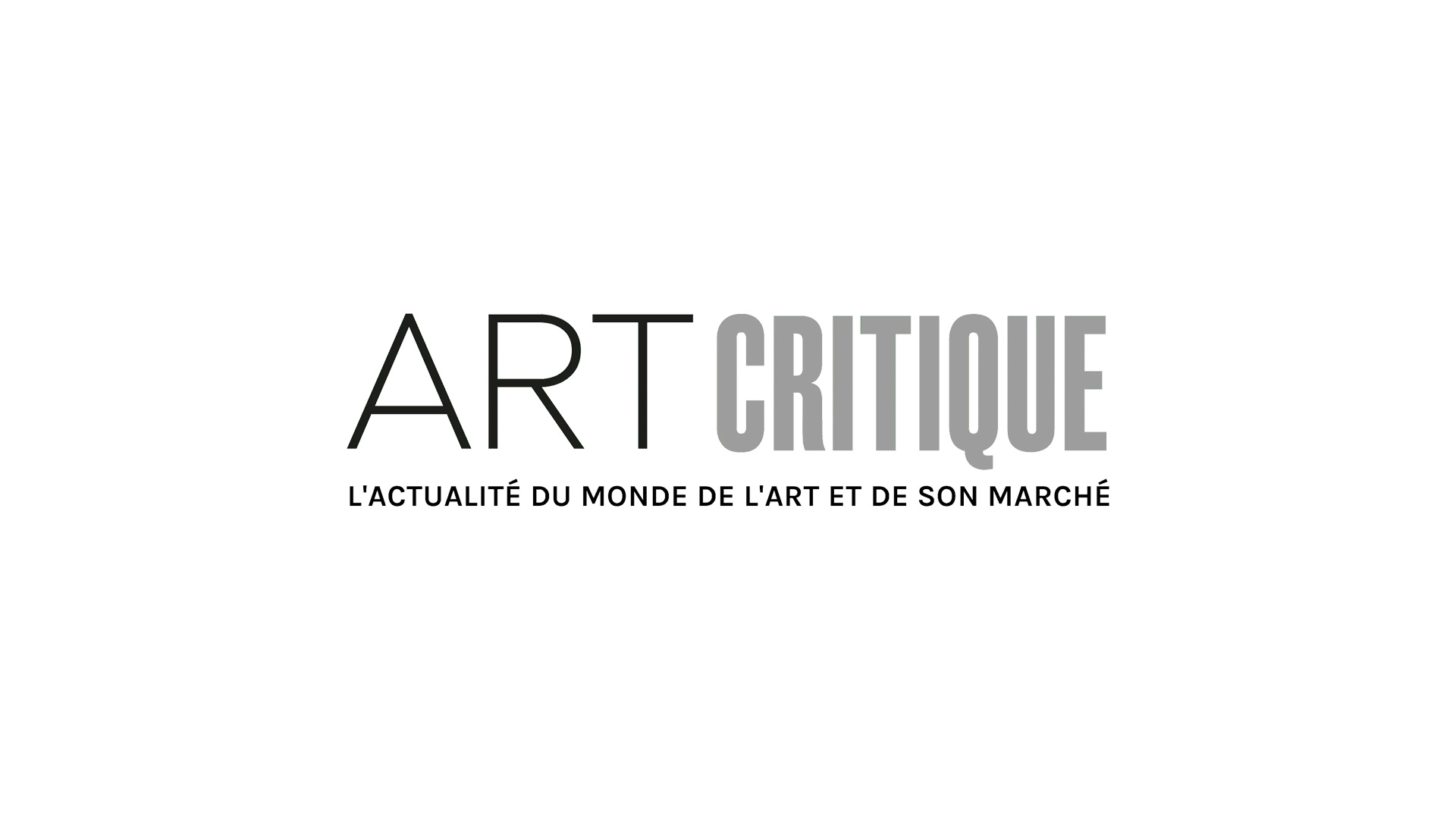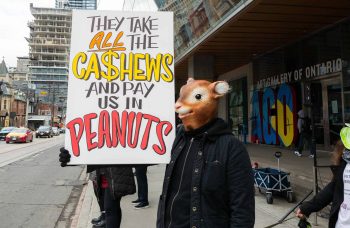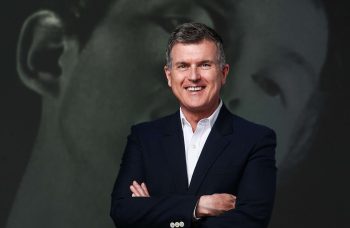Censorship is an ongoing battle and social media isn’t clear of the practice. Instagram and its parent company, Facebook, have consistently been at odds with the art world as artworks, particularly those featuring the nude body and more times than not, the female nude body, are removed from feeds due to their subject matter. Most recently, Florence’s Palazzo Strozzi was hit with censorship by Instagram and they didn’t sweep it under the rug.
The painting that caught the attention of Instagram’s censoring algorithm was A Model (Against a Blue Background, 1910) by Russian artist Natalia Goncharova. The work is set to be a part of the Palazzo Strozzi’s upcoming exhibition centring on works by Goncharova, which will open on September 28th. The paintings, which was on display at Tate Modern until just recently, was included in a trailer the gallery released on Instagram to promote the exhibition but not long after it was uploaded, Instagram took it down.
On August 28th, the museum announced (on Instagram) that the image had indeed been censored by the social media platform. Featuring Goncharova’s A Model, the Palazzo Strozzi added a bright orange rectangle reading ‘CENSURATA.’ Alongside the image, the museum pointed out that in 1910, Goncharova was censored for the works she created and was eventually brought to trial for moral reasons in Russia. ‘Over 100 years later the story repeats itself,’ continues the post, but this time, it was Instagram that censored the artist. ‘There was the normal practice of deleting the post with a general message [from Instagram]’ said Arturo Galansino, directory of the Palazzo Strozzi, told The Art Newspaper, ‘But we have tried again – this time it has worked!’ The gallery has also since posted an unmodified picture of A Model since Instagram has now approved the painting.
Last year, the social media platforms reorganized their terms to allow for artistic representations of the nude body. This included most forms of art, like sculpture and painting, but excluded photographs. The exclusion of photography has continued to cause frustration amongst artists and just a few weeks ago, one artist responded with a nude photoshoot right outside Facebook’s New York City headquarters. What makes this instance of censorship interesting, though, is that A Model is obviously not a photograph and is quite clearly a painting. Goncharova’s depiction of her model isn’t even what you might consider photo-realism so why it was taken down by Instagram is a bit dumbfounding.
Read more censorship in the art world:
Nipple-bearing photography on a mission against Facebook
This also isn’t the only instance in which artists have been censored by Instagram. Artists including Savannah Spirit and Betty Tompkins have faced issues of censorship, but specifically only when working with the female nude. Other artists, like CJ Hendry, have been vocal about Instagram’s censorship through their social media platforms, too. Francesco Bonami, an Italian art critic, blasted Instagram’s censorship in La Repubblica saying:
‘If the algorithm, and this artificial idiot, actually did their job they should also put a covering on the genitalia of Michelangelo’s David. Otherwise, the awful doubt arises that censorship is triggered by the algorithm only when the nude is female. The even more worrying concern then arises that the programmer on duty is really someone with Taliban and fundamentalist tendencies. Is this possible?’
‘The risk is that we start using social media differently and less freely than we do today. Instagram is a powerful tool of communication, but it’s also a useful source of information for people interested in arts and culture,’ continued Galansino. ‘Art must not be censored.’





